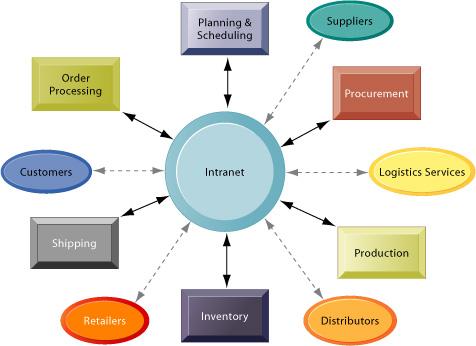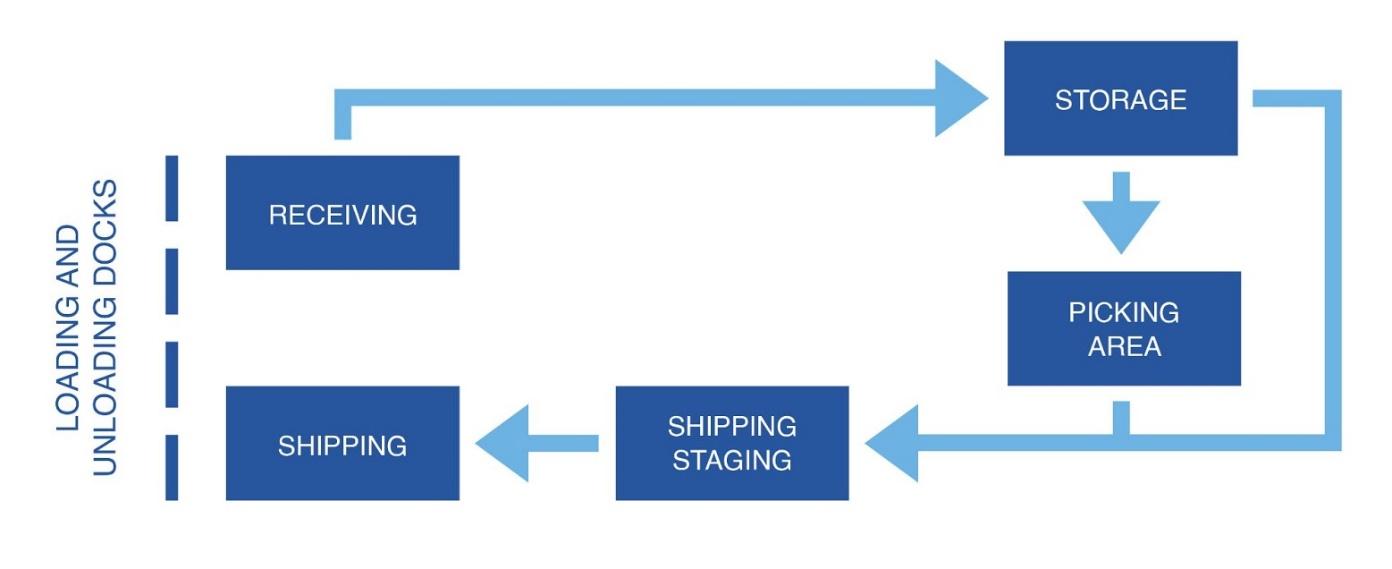The Purpose and Background of Crate Pros
Crate Pros was created to connect individuals and companies via their goods. With its 20plus years inside the logistics business, Crate Pros has established knowledge and procedures that enable clients to handle their logistical problems efficiently, cost-effectively, and promptly while keeping consumers updated every step along the way. Crate Pros offers the experience and knowledge to be your preferred packing and crating partner. This includes industrial production, medical devices, sensitive electronics, data centers, fine arts, and antiquities.
Crate Pros’ extensive transportation networks enable clients to securely and effectively send their freight, whether domestic or international (Berbesz & Szefer, 2018). Crate Pros partners handle the bulk of its freight transport shipments, but Crate Pros also offer truckload solutions for dry vans, eighteen-wheelers, and other specialized equipment, including drop boards and lowboys. Its extensive skills make even the most difficult crating problems straightforward for clients.
Roles of Crate Pros Within the Retail Supply Chain
The function of Crate Pros in supply chain operations includes designing storage facilities, storing goods, and introducing different automation technologies. These duties enable end-to-end control of items on their route to the customer/distributor. This involves designing freight carriers and cars routes in the company’s fleet, calculating fuel expenses, etc. When a business intends to ship products internationally, the items must be properly documented and meet all customs regulations (Sodero et al., 2021).
Intermediaries in logistics are all non-company resources directly engaged in supply chain implementation. Finding trustworthy intermediates with the best quality-cost ratio is also part of effective logistics management. Working with returned and faulty products, Reverse Crate Pros defines the regulations and routes for delivering returned/discarded products, as well as how to dispose of them.

Shipping and Receiving Operations of Crate Pros
All incoming goods must be processed promptly and correctly. Mistakes in product and shipping records may cause issues across the facility and challenge customers. The incoming receipts must accurately represent the order tracking and lot numbering. Back requests and cross-dock reloading are required in Crate Pros. A pre-delivery notice usually precedes a shipment. Receiving papers ahead of time saves time and money in the cost of operations. Warehouse workers for shipping firms are trained to manage inventory, optimize space, and replace goods (Francia-Arias et al., 2020).
Once received and stored in their designated locations, goods may be swiftly loaded onto shipping trucks and delivered to customers. Picking systems are used by Crate Pros shipping firms to transport goods to loading areas. The company’s selecting approach is typically automated or manual. Staged goods are then packed, checked, and loaded. To ensure product delivery on schedule, loading must be quick and efficient. Then delivery. Professional shipping firms ensure goods reach on schedule and in excellent condition.

Possible Problems or Issues Consumers See in Crate Pros Operations
Terrorism
Terrorism has affected virtually every mode of travel. Less affected are marine and aviation transport. Modern pirates are trained combatants with state-of-the-art weaponry and speedboats and communication equipment, and GPS devices. Today’s piracy is more complex. Political agendas and beliefs contribute to the high cost of shipping (Francia-Arias et al., 2020). However, ransom charges have the greatest financial impact on transportation. Customers, therefore, find it hard to trust Crate Pros with their purchases for fear of their privacy being breached.
Increased Costs, Familiarization of International Shipping Policies, And Coordination of Intermodal Transportation Assets
Intermodal transportation planning and management have become a major issue for carriers. Previously, Crate Pros were responsible for coordinating different operations in the transportation chain. Today, many parties are involved, and unless all parties agree, a problem arises. Transport chains are disrupted while at the same time increasing the cost of operations, thereby imposing higher prices on the customers. They understand international shipping regulations, which vary by jurisdiction and may cause issues for shippers. This causes issues with authorities in those nations; even if the shippers are unaware, they violate any laws.
Technological Advancement
Technological change implies Crate Pros must use these technologies since they provide benefits in global shipping. New techniques for monitoring complex systems using measurement and performance reporting have developed. This automated system may help enhance communication between Crate Pros and shore workers. There are now monitoring systems for hulls. These methods minimize the shipping costs that the customer has to pay for the goods to be delivered. Crate Pros can comply with ever-changing international and local regulations (Sodero et al., 2021). Although Crate Pros recognizes the value of these KPIs and technology, most view them as a formalistic method of regular comparison by the leaders, particularly on fuel economy. It realizes that adopting advanced technology will be costly and reduce revenues.
Solutions
Terrorism
Crate Pros should explore more cost-effective methods of transportation to combat rising prices. To avoid additional charges, shippers may adopt a new routine or use any other technique. Shippers may also utilize low-cost options like rail. Rail and marine transit infrastructure should be upgraded to overcome tracking. Shippers should use human-powered conveyance for modest distribution. Data and information transfer may also help coordinate multimodal transport assets. Collaboration across interfaces may be a long-term answer. Increased information exchange and feedback should improve collaboration.
Increased Costs, Familiarization of International Shipping Policies, And Coordination of Intermodal Transportation Assets
more cost-effective modes of transportation. They should minimize needless freight since this will often result in cost increases. Shippers may adopt a new routine or use any other way of evading maritime crime to avoid incurring additional expenses. Outsourcing, if feasible, will work to reduce costs to predetermined margins. Crate Pros may also choose less-expensive means of delivery, such as rail. To combat tracking, rail and marine transit infrastructures should be significantly upgraded.
Crate Pros should priorities human-powered conveyance for modest distribution (Berbesz & Szefer, 2018). Interfaces between businesses and also between various transport chain operations should be addressed. Rather than one business controlling the whole transportation chain, it may be prudent for one company to own a few duties while another company owns the remainder.
Solution For Technological Advancement
To ensure global transportation is successful, governments should create laws that handle cross-border problems such as clearance and deregulation. They should collaborate and integrate regulatory frameworks to ensure they are effective on a global scale. This may be accomplished by harmonizing laws and the homogenization of new technologies to foster unified operations, tailored training, and enhanced information exchange. With sufficient study, technological innovation can develop more effective ways of monitoring loads, which will eventually enhance the operation’s overall performance. If implemented properly, Crate Pros investment in new technology ultimately pays for itself via higher income generated by enhanced service efficiency.
References
Berbesz, A., & Szefer, I. (2018). Innovations in shaping the residential and retail buildings. The functional and pro-environmental potential of shipping containers in architecture. IOP Conference Series: Materials Science And Engineering, 415, 012052. Web.
Francia-Arias, G., Marín-Vílchez, J., Macassi-Jauregui, I., Raymundo-Ibañez, C., & Dominguez, F. (2020). SCOR model for a dual-channel supply chain using drop shipping to reduce overstock in small- and medium-sized retail enterprises. IOP Conference Series: Materials Science And Engineering, 796, 012010. Web.
Sodero, A., Namin, A., Gauri, D., & Bhaskaran, S. (2021). The strategic drivers of drop-shipping and retail store sales for seasonal products. Journal of Retailing. Web.
